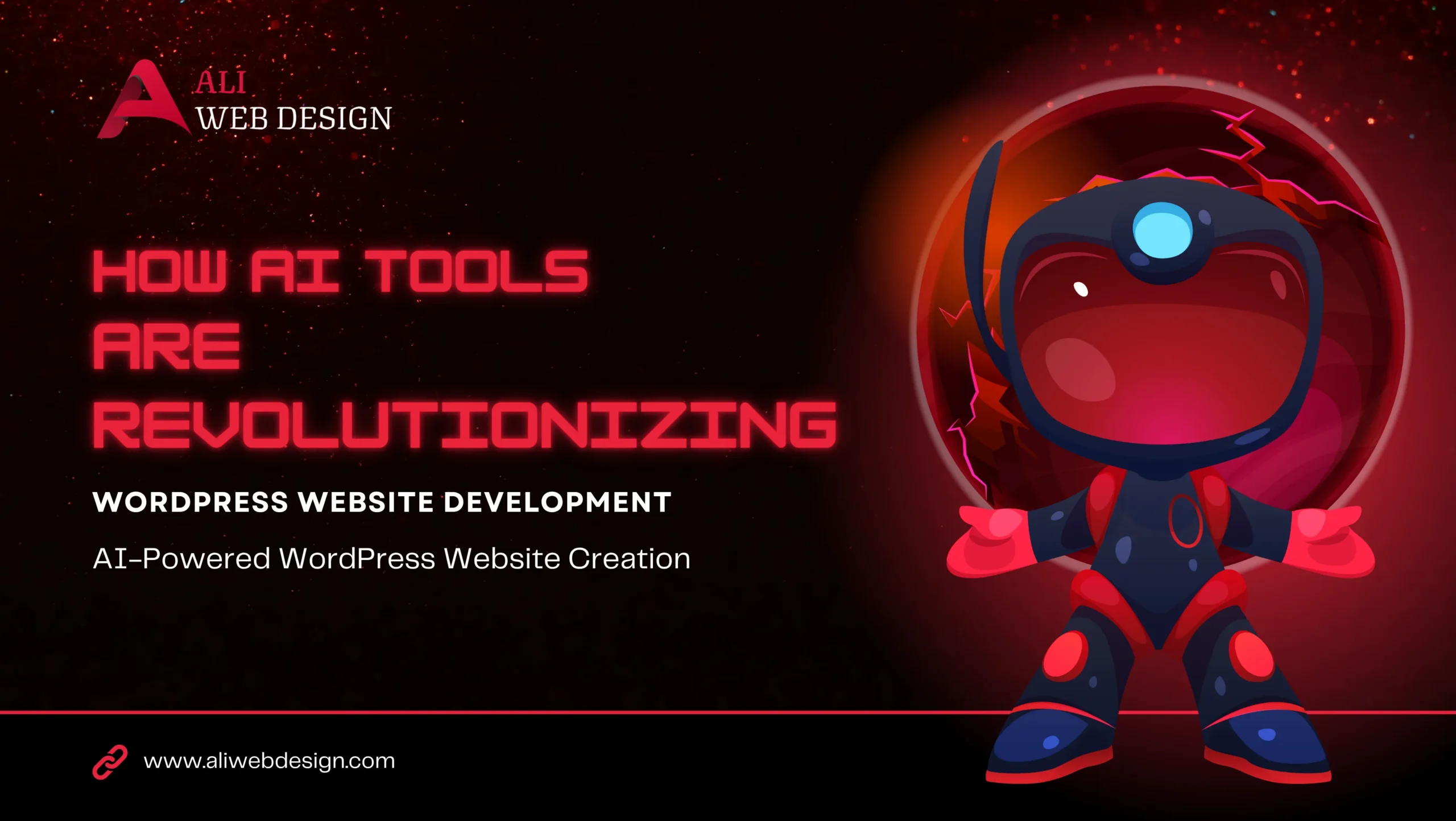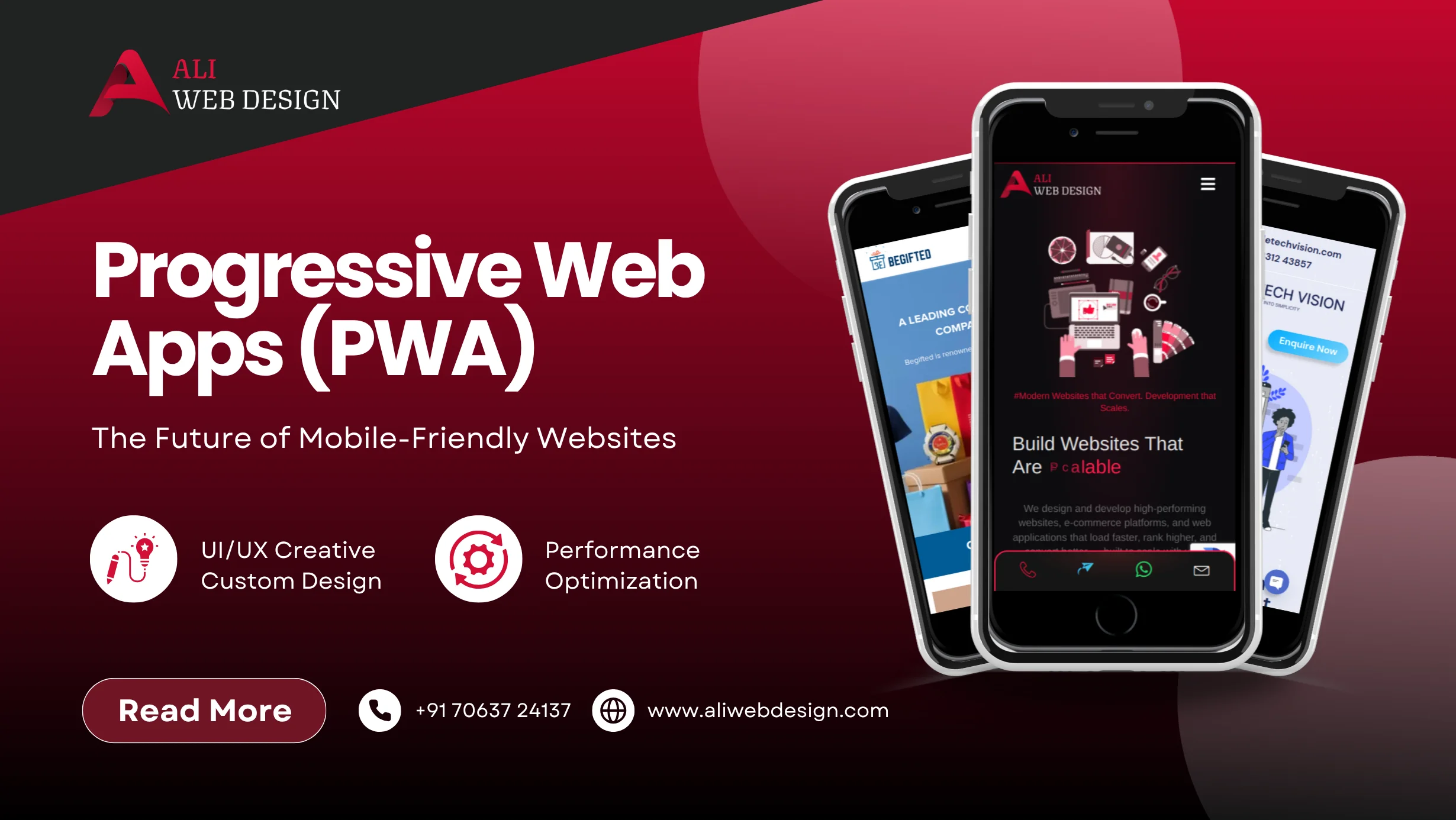Introduction
In 2024, designing for mobile devices has become a fundamental aspect of any web strategy. Mobile-first design isn’t just a buzzword; it’s a necessity. As mobile usage continues to dominate, creating a user experience optimized for smartphones and tablets has never been more critical. So, why is mobile responsive so crucial? This article will break it down step by step, explaining how mobile responsive works, why it’s important, and how to implement it effectively for your website’s success.
What is Mobile-First Design?
At its core, mobile-first design is a web development approach that prioritizes mobile devices before scaling up to larger screens like tablets and desktops. The idea is to create a design that works flawlessly on smaller screens and gradually enhances its functionality for larger devices. This contrasts with traditional design methods, which often begin with the desktop version and adapt it for mobile later.
The Evolution of Web Design
Web design has come a long way from the early days when websites were created specifically for desktop users. Back then, mobile devices weren’t a factor, and even when mobile phones started to gain traction, websites were often poorly adapted to smaller screens. However, the rise of smartphones and tablets, along with faster mobile networks, has pushed web designers and developers to rethink their strategies, giving birth to the mobile-first design philosophy.
Why Mobile-First Design is Crucial in 2024
Mobile-first design is no longer an option; it’s a necessity in 2024. Why? Simply put, more people are accessing the internet through mobile devices than ever before. According to recent statistics, over 60% of global web traffic comes from mobile users. This shift in user behavior demands a focus on optimizing websites for mobile screens.
But it’s not just about user preferences. Google has also taken note of the mobile revolution. The search giant now uses mobile-first indexing, which means Google primarily looks at the mobile version of your website to determine its rankings. If your site isn’t mobile-optimized, you risk falling behind in search engine rankings, no matter how great your desktop version is.
Google’s Mobile-First Indexing
Google’s mobile-first indexing has completely changed the SEO landscape. When Google bots crawl your website, they prioritize the mobile version over the desktop version. If your mobile site is slow, clunky, or hard to navigate, your search rankings will suffer. That’s why it’s essential to focus on mobile-first design for better SEO in 2024. Your rankings, and ultimately your website’s traffic, depend on it.
Benefits of Mobile-First Design
Adopting a mobile-first design comes with a host of benefits that go beyond just SEO. Here are a few reasons why mobile-first design is the way forward:
1. Better User Experience
People expect a seamless experience when browsing on their phones. If your site is hard to navigate on mobile, users will quickly leave, leading to higher bounce rates. A mobile-first design ensures that your site is intuitive and easy to use, enhancing the overall user experience.
2. Faster Load Times
Speed is everything in 2024. With attention spans getting shorter, users expect websites to load almost instantly. Mobile-first design focuses on lightweight elements that reduce load times, leading to a faster, more efficient website.
3. Improved Accessibility
Mobile responsive makes websites accessible to a wider range of users, including those with disabilities. Optimizing for mobile often means creating simpler layouts and larger text, which can benefit all users.
4. Increased Engagement and Conversions
When users have a positive experience on your site, they are more likely to engage with your content and take action. A mobile-optimized site can lead to higher engagement and ultimately more conversions, whether it’s signing up for a newsletter or making a purchase.
Key Elements of a Successful Mobile-First Design
To create a mobile responsive, certain elements must be prioritized. Here are a few of the key components you should focus on:
Responsive Layouts : A responsive layout adapts to the screen size of the device being used. This means your website will look great whether it’s viewed on a smartphone, tablet, or desktop.
Minimalistic Design : Simplicity is key when it comes to mobile design. Minimalistic designs reduce clutter and make it easier for users to navigate your site on a smaller screen.
Touch-Friendly Interfaces : Designing for touchscreens is crucial for mobile-first websites. Buttons need to be large enough for users to tap easily, and the overall layout should be intuitive for touch navigation.
Optimized Images and Media : Large, unoptimized images can slow down a website’s load time, particularly on mobile devices. By optimizing images and media for mobile, you ensure faster load times and a smoother user experience.
Challenges of Mobile-First Design
Mobile-first design is not without its challenges. Here are a few obstacles you may face:
Limitations of Mobile Screens : Small screens mean less space to display content, which can make designing for mobile more challenging. You need to carefully prioritize what information is most important for users to see.
Testing Across Devices : With so many different screen sizes and devices available, testing is crucial. Ensuring your design works well on all platforms can be time-consuming, but it’s essential for providing a consistent experience.
Conclusion
Mobile-first design is not just a trend; it’s the future of web development. With mobile traffic continuing to grow and Google’s mobile-first indexing shaping SEO strategies, businesses can no longer afford to ignore mobile optimization. Prioritizing mobile responsive ensures better user experience, faster load times, and improved accessibility. In 2024 and beyond, mobile responsive will continue to be a cornerstone of successful websites.
FAQs
The main goal is to create a seamless and optimized experience for mobile users before scaling up to larger screens.
Google uses mobile-first indexing, meaning that the mobile version of your site determines your SEO ranking, making mobile optimization crucial for search success.
Absolutely! With the majority of web traffic coming from mobile devices, small businesses must ensure their sites are mobile-friendly to remain competitive.
You can use tools like Google’s Mobile-Friendly Test or analytics to check how your site performs on mobile devices.
Yes, mobile-first design enhances the mobile experience without sacrificing the desktop experience, ensuring a seamless experience across all devices.
For any Web Development projects, Contact Us







